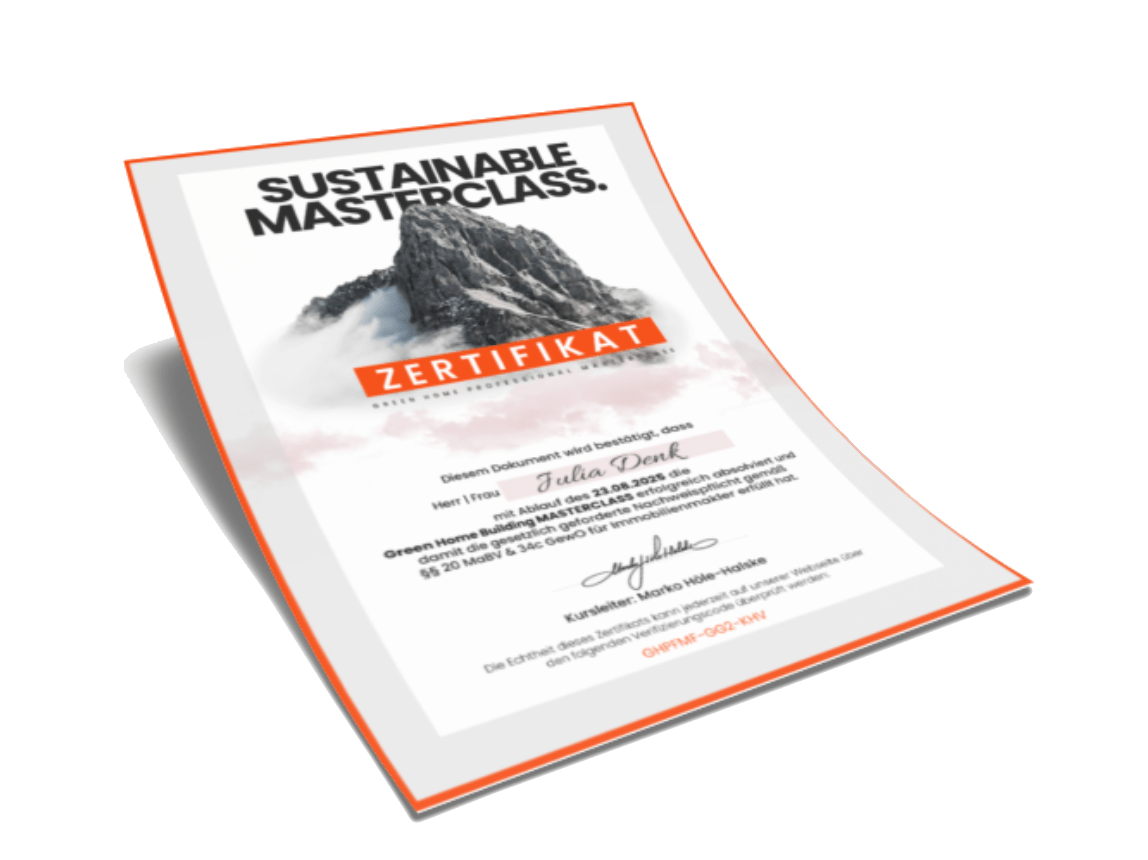Lisbon, a city renowned for its historic charm and vibrant culture, is experiencing a surge in demand for healthy buildings. This growing trend, driven by increasing awareness of the impact of indoor environments on well-being, is reshaping the sustainable real estate market. Developers, investors, and homeowners are increasingly prioritizing WELL and LEED certifications, recognizing their value in creating spaces that promote health, productivity, and environmental sustainability. This article explores the factors driving this demand, the benefits of WELL and LEED certifications, and the implications for the future of Lisbon’s urban landscape.
Lisbon’s Awakening: Prioritizing Healthy Lifestyle Portugal through Building Design
Increasingly, concerns about air quality, lighting, and building materials are pushing Lisbon residents and investors to seek out properties designed with health in mind. This shift reflects a broader global trend towards prioritizing well-being, with Lisbon at the forefront of adopting these practices. Therefore, understanding the drivers behind this demand is crucial for navigating the evolving real estate market.
The Link Between Buildings and Well-being
For many years, the impact of indoor environments on human health was significantly underestimated. However, mounting scientific evidence now demonstrates a clear connection between building design and occupant well-being. Factors like air quality, thermal comfort, lighting, and acoustics can have a profound effect on physical and mental health. In addition, exposure to volatile organic compounds (VOCs) from building materials, inadequate ventilation, and poor lighting can contribute to a range of health problems, including allergies, asthma, headaches, and reduced productivity. Consequently, healthier building practices are becoming essential.
Driving Forces: Awareness and Demand
Several factors are fueling the demand for healthy buildings in Lisbon, reflecting a broader prioritization of sustainable living Portugal:
- Increased Awareness: Public awareness of the health impacts of indoor environments is growing, thanks to increased media coverage and educational initiatives. Consequently, people are now actively seeking out healthier living and working space
- Post-Pandemic Shift: The COVID-19 pandemic heightened awareness of indoor air quality and the importance of healthy buildings. As a result, individuals are more conscious of the environments they inhabit and their potential impact on their health.
- Investor Interest: ESG (Environmental, Social, and Governance) investing is gaining momentum, with investors increasingly prioritizing companies and projects that demonstrate a commitment to sustainability and social responsibility. This is driving demand for WELL and LEED-certified buildings, which are seen as a tangible way to demonstrate ESG performance. Furthermore, properties with these certifications attract premium tenants and command higher rental rates, making them attractive investment opportunities.
- Government Incentives: The Portuguese government is promoting sustainable building practices through various incentives and regulations, further encouraging the adoption of WELL and LEED standards. These policies are designed to reduce the environmental impact of the built environment and promote healthier living conditions for residents.
Understanding WELL and LEED: Building Certification Lisbon for a Healthier Future
WELL and LEED are two of the most widely recognized building certification systems, each with a distinct focus:
- LEED (Leadership in Energy and Environmental Design): LEED focuses primarily on environmental sustainability, addressing aspects such as energy efficiency, water conservation, and material selection. Buildings that achieve LEED certification demonstrate a commitment to reducing their environmental footprint. Therefore, it is considered a standard for green building practices.
- WELL Building Standard: WELL, on the other hand, focuses specifically on the health and well-being of building occupants. It addresses factors such as air quality, water quality, lighting, acoustics, thermal comfort, and access to healthy food and exercise. Consequently, WELL-certified buildings are designed to promote occupant health and productivity. Moreover, mezzalyn.com offers comprehensive guidance on navigating WELL and LEED certifications, offering expertise to developers aiming for Healthy Buildings Lisbon: WELL & LEED Demand Drives Sustainable Real Estate.
- Synergies and Differences
While LEED and WELL have different focuses, they also share common ground. Both standards emphasize sustainable design and construction practices, and both aim to create healthier and more comfortable indoor environments. As a result, developers often pursue both LEED and WELL certifications for their projects, maximizing the benefits for both the environment and occupants. Furthermore, achieving both certifications demonstrates a comprehensive commitment to sustainability and well-being.
The Certification Process: A Commitment to Excellence
The certification process for both WELL and LEED involves a rigorous assessment of building design, construction, and operation. This includes:
- Documentation: Submitting detailed documentation demonstrating compliance with the relevant standards. Therefore, this stage requires meticulous attention to detail.
- Performance Testing: Conducting on-site performance testing to verify that the building meets the required performance criteria. For example, air and water quality testing is a key component.
- Third-Party Verification: Engaging a third-party certification body to review the documentation and performance testing results and to issue the certification. Consequently, this ensures objectivity and credibility.
Consequently, achieving WELL or LEED certification is a significant accomplishment, demonstrating a commitment to excellence in sustainable design and healthy building practices.
Eco-Friendly Practices in Lisbon’s Real Estate: Case Studies and Examples
Lisbon is witnessing a growing number of real estate projects that are embracing WELL and LEED standards. These projects demonstrate the feasibility and benefits of integrating healthy building practices into the urban environment. Moreover, several case studies showcase the transformative potential of these certifications.

Photo by Dário Gomes on Unsplash
Cascais: A Model for Sustainable Coastal Living
In Cascais, a coastal town near Lisbon, several residential developments are incorporating WELL and LEED principles. These projects feature:
- Natural Ventilation Systems: Utilizing natural ventilation systems to improve indoor air quality and reduce energy consumption. Therefore, residents benefit from fresh, clean air.
- Water-Efficient Landscaping: Implementing water-efficient landscaping to conserve water resources. Consequently, reducing the environmental impact.
- Use of Sustainable Materials: Prioritizing the use of sustainable building materials with low VOC emissions. Moreover, minimizing the risk of exposure to harmful chemicals.
Therefore, these projects exemplify how sustainable design can enhance the quality of life for residents and minimize the environmental impact of development.
Porto: Revitalizing Urban Spaces with Green Solutions
In Porto, the city’s historic center is undergoing a revitalization, with many older buildings being renovated to meet modern sustainability standards. For example, some projects are incorporating:
- Green Roofs: Installing green roofs to improve insulation, reduce stormwater runoff, and create green spaces. Consequently, contributing to a more sustainable urban environment.
- Smart Building Technologies: Integrating smart building technologies to optimize energy consumption and improve building performance. Therefore, reducing operating costs and environmental impact.
- Accessibility to Public Transportation: Prioritizing accessibility to public transportation to reduce reliance on private vehicles. Moreover, encouraging sustainable commuting habits.
Therefore, these initiatives demonstrate how sustainable urban planning Lisbon can breathe new life into existing buildings and create more livable and environmentally friendly communities.
Algarve: Balancing Tourism with Environmental Sustainability
In the Algarve region, known for its tourism industry, there is a growing emphasis on sustainable development practices. New hotels and resorts are increasingly seeking WELL and LEED certifications to attract environmentally conscious travelers. These properties often feature:
- Solar Energy Systems: Utilizing solar energy systems to generate renewable energy. Consequently, reducing reliance on fossil fuels.
- Water Conservation Measures: Implementing water conservation measures, such as rainwater harvesting and greywater recycling, to reduce water consumption. Therefore, minimizing the strain on local water resources.
- Biodiversity Conservation: Protecting and enhancing local biodiversity through careful landscaping and habitat restoration. Moreover, preserving the natural environment.
Therefore, these projects showcase how the tourism industry can contribute to environmental sustainability and create more responsible and eco-friendly travel experiences. These examples highlight how eco-friendly practices are taking root across Portugal.
Challenges and Opportunities in Portugal Green Construction
While the demand for WELL and LEED-certified buildings is growing, there are also challenges to overcome in promoting sustainable construction practices in Portugal:
- Higher Initial Costs: Green building practices can often involve higher upfront costs compared to conventional construction methods. Therefore, developers may be hesitant to invest in these technologies.
- Lack of Awareness and Expertise: There is still a lack of awareness and expertise regarding WELL and LEED standards among some developers and construction professionals. Consequently, this can hinder the adoption of these practices.
- Regulatory Hurdles: Navigating the regulatory landscape for sustainable building projects can be complex and time-consuming. Therefore, streamlining the permitting process is essential.
However, these challenges also present opportunities for innovation and growth:
- Government Support: The Portuguese government can play a crucial role in promoting sustainable construction by providing financial incentives, simplifying regulations, and investing in education and training programs.
- Industry Collaboration: Collaboration between developers, architects, engineers, and construction professionals can help to drive innovation and reduce the costs of green building practices. Therefore, fostering a collaborative environment is essential.
- Consumer Education: Educating consumers about the benefits of healthy buildings can increase demand and encourage developers to invest in sustainable construction practices. Moreover, informed consumers are more likely to prioritize sustainability.
Addressing these challenges and capitalizing on these opportunities will be crucial for accelerating the adoption of WELL and LEED standards in Lisbon and across Portugal.
ESG Investment Portugal: The Future of Sustainable Real Estate
The growing emphasis on ESG investing is transforming the real estate market in Lisbon and beyond. Investors are increasingly recognizing the financial benefits of sustainable buildings, including lower operating costs, higher rental rates, and increased property values. Therefore, ESG criteria are becoming an essential part of investment decisions.
The Role of ESG in Real Estate
ESG investing considers environmental, social, and governance factors in investment decisions. In the real estate sector, this translates to prioritizing buildings that:
- Reduce Environmental Impact: Minimize their environmental footprint through energy efficiency, water conservation, and waste reduction.
- Promote Occupant Well-being: Create healthy and comfortable indoor environments for occupants.
- Demonstrate Good Governance: Adhere to ethical and transparent business practices.
Therefore, WELL and LEED certifications are seen as a tangible way to demonstrate ESG performance and attract investors.
Attracting ESG Investors
To attract ESG investors, developers need to demonstrate a clear commitment to sustainability and social responsibility. This includes:
- Obtaining WELL and LEED Certifications: Pursuing WELL and LEED certifications for their projects.
- Disclosing ESG Performance: Publicly disclosing their ESG performance through sustainability reports and other communication channels.
- Engaging with Stakeholders: Engaging with stakeholders, including tenants, employees, and the local community, to understand their needs and concerns.
Consequently, by prioritizing ESG principles, developers can attract a wider range of investors and create more sustainable and resilient real estate assets.
Conclusion: Embracing a Healthier and More Sustainable Future
The growing demand for WELL and LEED-certified buildings in Lisbon reflects a broader shift towards prioritizing health, sustainability, and well-being. While challenges remain, the opportunities for creating a healthier and more sustainable built environment are immense. By embracing sustainable design practices, promoting ESG investing, and fostering collaboration between stakeholders, Lisbon can continue to lead the way in creating a more livable and environmentally responsible urban landscape. Therefore, it is crucial to continue raising awareness, driving innovation, and implementing policies that support the development of healthy buildings. Explore mezzalyn.com today to learn more about our services and how we can help you create a healthier and more sustainable future for Lisbon.







